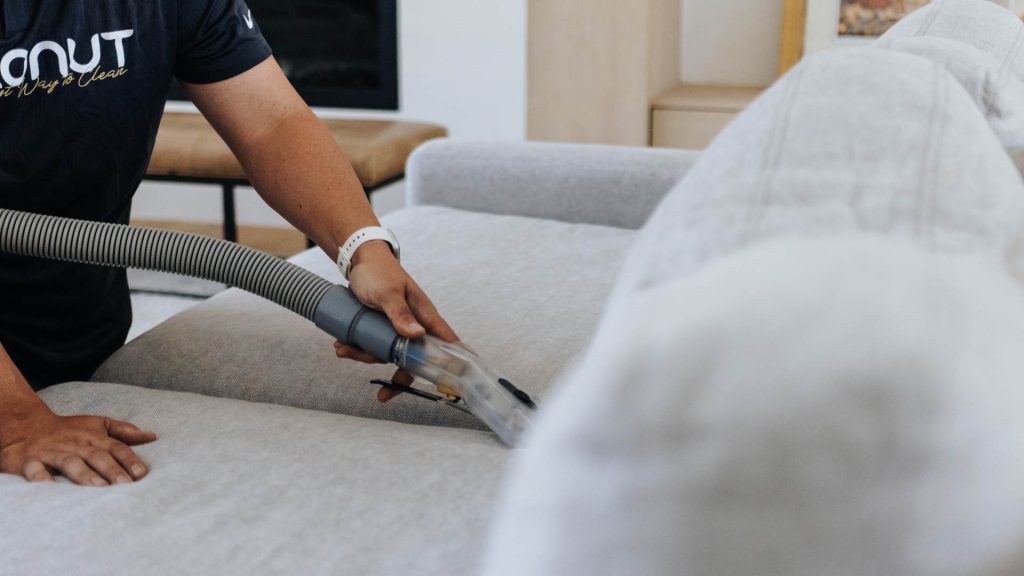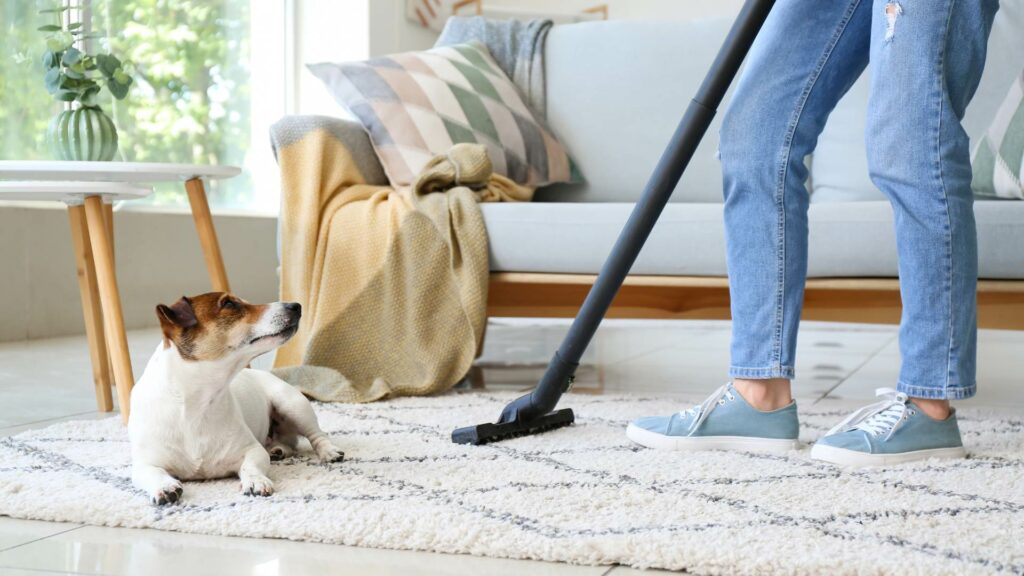Furniture plays a pivotal role in making our homes comfortable, inviting, and aesthetically pleasing. Among the many types of furniture available, upholstered pieces like sofas, armchairs, and dining chairs provide both comfort and style. However, to ensure that these valuable furnishings remain in excellent condition for years to come, it’s essential to know how to properly clean and care for them. In this comprehensive guide, we will offer valuable insights into maintaining different types of upholstered furniture and provide expert tips for effective stain removal. Whether you have fabric or leather upholstery, this guide will help you preserve your furniture’s beauty and functionality.
Understanding Upholstered Furniture
Upholstered furniture comes in a wide range of materials, with fabric and leather being the most common. Each type of upholstery has its unique characteristics and requires specific care.
Fabric Upholstery
Fabric upholstery is known for its versatility, offering a vast selection of textures, colors, and patterns to match your decor. However, it can be more susceptible to stains and wear. Here’s how to care for fabric-upholstered furniture:
Regular Vacuuming: To keep fabric upholstery looking its best, vacuum it regularly to remove dust and debris. Use an upholstery brush attachment to prevent damage to the fabric.
Spot Cleaning: For spot cleaning, always follow the manufacturer’s recommendations. In general, you can mix a small amount of mild detergent with water and apply it to the stained area. Blot the stain gently with a clean, white cloth, working from the outside in. Rinse with a damp cloth and pat dry.
Professional Cleaning: Consider professional upholstery cleaning every 1-2 years, depending on usage and the manufacturer’s guidelines. Professional cleaners have the equipment and expertise to deep clean and revitalize your fabric upholstery.
Leather Upholstery
Leather furniture is prized for its elegance and durability. To maintain its beauty and longevity, here are some leather-specific care tips:
Dust Regularly: Dust leather furniture regularly with a soft, damp cloth. This prevents the buildup of dust and debris, which can lead to scratches over time.
Use a Leather Conditioner: Apply a leather conditioner to keep the leather supple and prevent drying or cracking. Follow the product instructions for the best results.
Wipe Spills Immediately: Accidents happen. If you spill something on your leather furniture, blot it immediately with a clean, dry cloth. Leather is relatively resilient to stains, but swift action is key.
General Upholstered Furniture Care
No matter the type of upholstery, there are several general care practices that apply to all upholstered furniture:
Avoid Direct Sunlight: Prolonged exposure to direct sunlight can cause fading and damage to your upholstery. Position your furniture away from windows or use curtains and blinds to block sunlight when necessary.
Fluff and Rotate Cushions: To maintain the shape and even out wear, regularly fluff and rotate the cushions on your upholstered furniture. This simple practice can extend the life of your furniture.
Protect from Pets: If you have pets, consider using furniture covers or throws to prevent their fur and claws from causing damage to the upholstery. Regular vacuuming is also crucial to remove pet hair.
Stain Removal: Upholstered furniture is susceptible to stains, and knowing how to effectively remove them can extend the life of your furnishings. Here are some tips for common stains:
Food and Beverage Stains
Food and beverage stains are some of the most common, but they can often be removed effectively with these steps:
- Blot the stain gently with a clean, dry cloth to absorb excess liquid.
- Mix a small amount of mild detergent with water and apply it to the stain, blotting it gently.
- Rinse the area with a clean, damp cloth and pat dry.
Ink Stains
Ink stains can be particularly challenging, but the following method can help:
- Apply rubbing alcohol to a cotton ball or clean cloth.
- Dab the stain gently; avoid rubbing as this can cause the ink to spread.
- Rinse with a clean, damp cloth and pat dry.
Grease Stains
Grease stains may seem daunting, but they can be treated as follows:
- Sprinkle cornstarch or baking soda on the stain and allow it to sit for a few hours.
- Gently brush off the powder, and then blot the area with a clean, dry cloth.
Candle Wax
Candle wax can drip onto your upholstered furniture, but there’s a straightforward way to remove it:
- Place a paper towel or brown paper bag over the wax stain.
- Use a warm iron (no steam) to melt the wax, which will be absorbed by the paper.
Professional Cleaning
While regular maintenance and spot cleaning are essential, professional upholstery cleaning is recommended for a deep and thorough clean. Here’s why it’s worth considering:
Deep Cleaning: Professional upholstery cleaners use specialized equipment and techniques to remove embedded dirt and allergens from your upholstery.
Allergen Removal: Upholstered furniture can harbor allergens like dust mites and pet dander. Professional cleaning helps eliminate these allergens, improving indoor air quality.
Extended Lifespan: Regular professional cleaning can significantly extend the lifespan of your upholstered furniture, making it a more cost-effective investment.
Expertise: Professional cleaners are trained to handle a wide range of upholstery materials and stains, ensuring that your furniture is cleaned safely and effectively.Preserving your upholstered furniture is a worthwhile investment that can help you enjoy its comfort and style for many years. With regular care practices, knowledge of stain removal techniques, and the occasional help of professional upholstery cleaning services, your sofas, armchairs, and dining chairs will continue to enhance your home’s comfort and aesthetics. By showing your furniture the love and care it deserves, you’ll not only maintain its pristine appearance but also extend its functional life, ensuring it remains a cherished part of your home for years to come.



